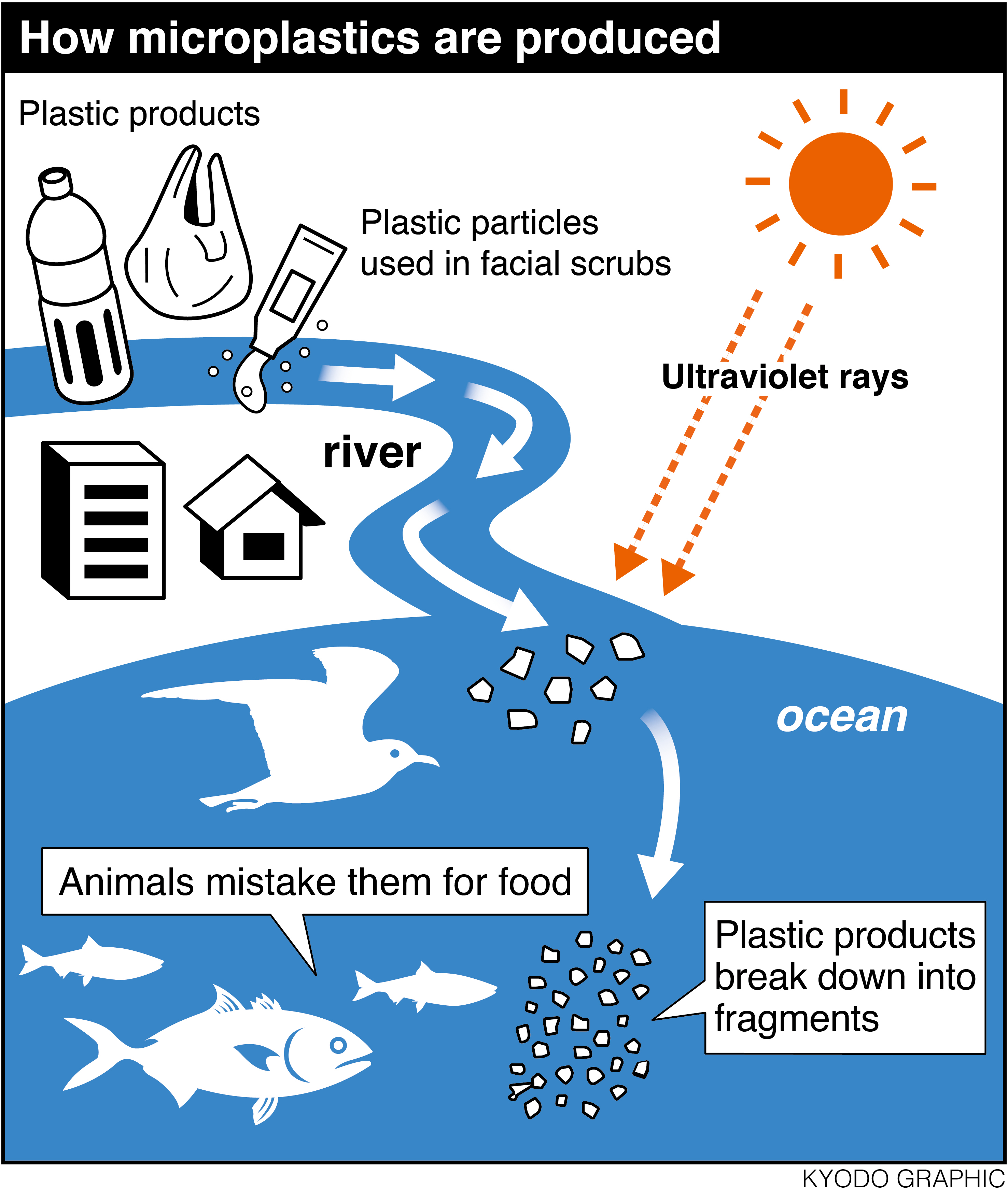The underwater scooters are made by a manufacturer called SUEX (The Submarine Exploration Company) these scooters are one of the best DPV’s (Diver propulsion vehicles) available and are “at the very cutting edge of underwater mobility”. [1] In the diving community they are very popular for exploring and suit all types of diving. Knowing this, I was very eager to try them!
Within a couple of days, I was back in Green Bay for my first dive of the season. The conditions were excellent, the sun was shining and the water looked lovely and clear. It felt very good to be back.
The design of the scooter looks very simple, yet sleek and professional. I was using the SUEX XJOY 7, a machine with two handles which makes it very easy to manoeuvre and control. On the right handle is a trigger button, which allows you to control how fast you go. Alongside this, there are two settings; high and low, which alter the speed of the scooter. To attach the scooter to you, there is a long cord with a bolt snap that attaches to the crotch D ring on your harness.
I had used a DPV in the past but it was nothing like the SUEX model. From the moment I first pulled the trigger, I knew I loved it.
You can cover a lot of distance with these machines so I learned it is even more crucial to keep an eye on your buddy and stick together so you don’t get separated. You also go through your air supply a lot quicker without realising, so it is vital you keep checking and be strict with your turn around times!
The dive was around the hour mark, I had my finger on the trigger for more or less the whole time. With a top speed of 55 feet a minute, these machines can go very, very quickly. It really is diving in the fast lane.
According to the SUEX website, the scooters have a run time between 60 and 75 minutes. However, having mainly dived the low setting and intermittently diving in the high setting, I managed a run time of two one hour plus dives. Furthermore, in the water, the scooters are neutrally buoyant so it is very easy to stay in trim with a SUEX without having to majorly alter your weight.
 After having already done one dive, which was fantastic, I wanted to get out again as
soon as possible and do another. I went out for an 85 minute dive with Pete and
Shelley on the scooters, to one of our dive sites called The Hole. It really
was awesome and I thoroughly enjoyed every minute! We covered a lot of distance in a short space of time and we saw plenty of marine life
including a Ray, Moray Eels and lots and lots of Fish along the way.
After having already done one dive, which was fantastic, I wanted to get out again as
soon as possible and do another. I went out for an 85 minute dive with Pete and
Shelley on the scooters, to one of our dive sites called The Hole. It really
was awesome and I thoroughly enjoyed every minute! We covered a lot of distance in a short space of time and we saw plenty of marine life
including a Ray, Moray Eels and lots and lots of Fish along the way.As I am also a technical diver, with a full twinset set up, I did wonder how the scooter would fare pulling me along throughout the dive but it presented no problems and I glided through the water effortlessly. The feeling was phenomenal.
Diving without a scooter is awesome, but diving with one takes scuba diving to a whole new level.












